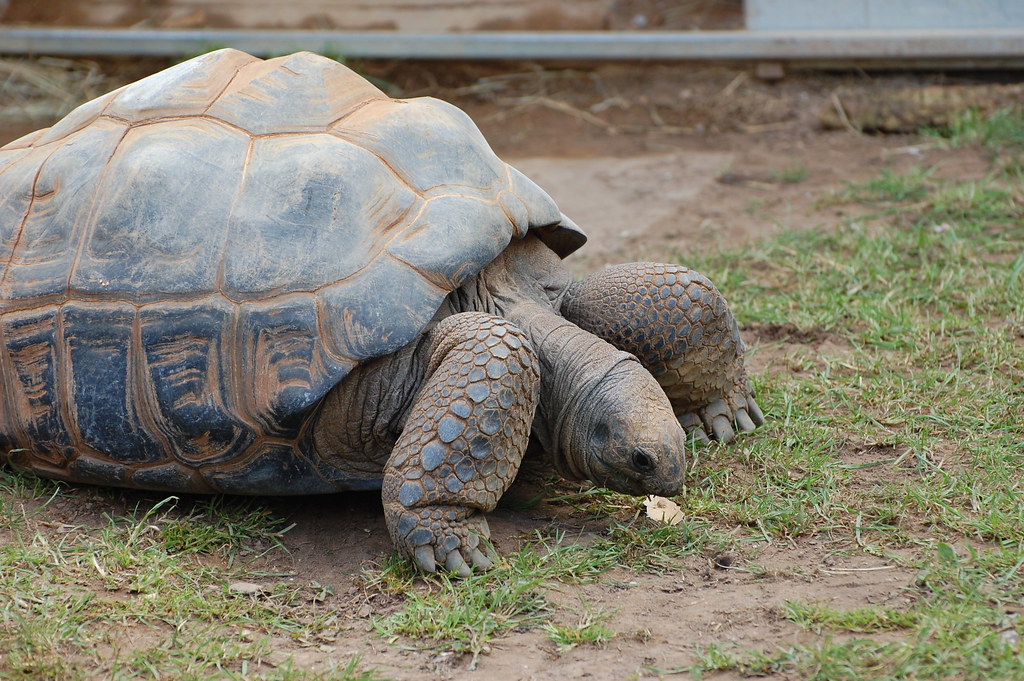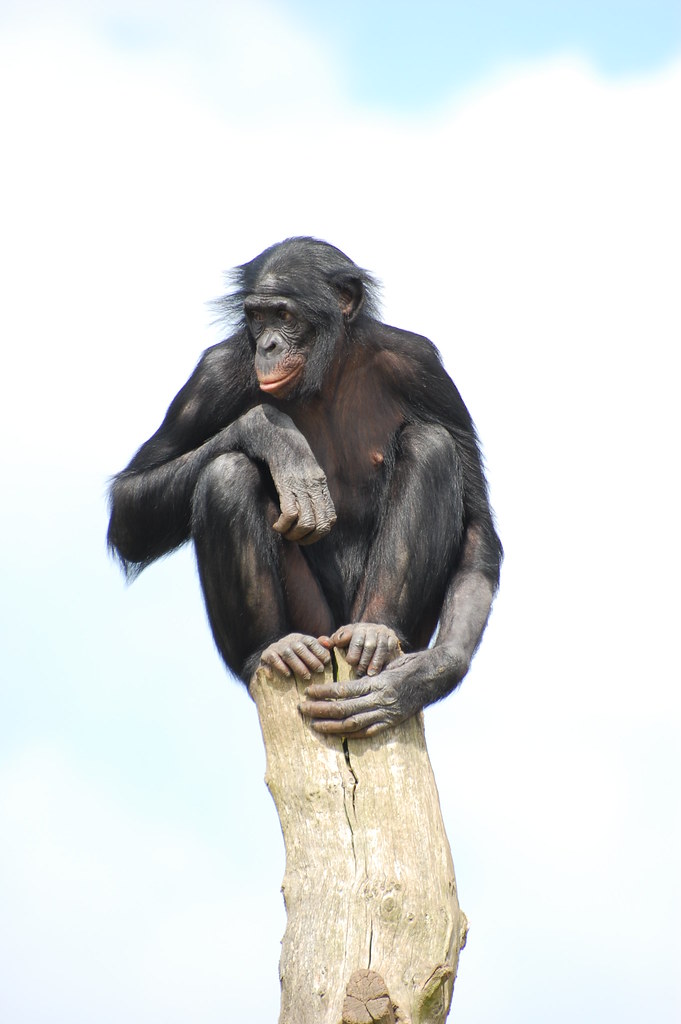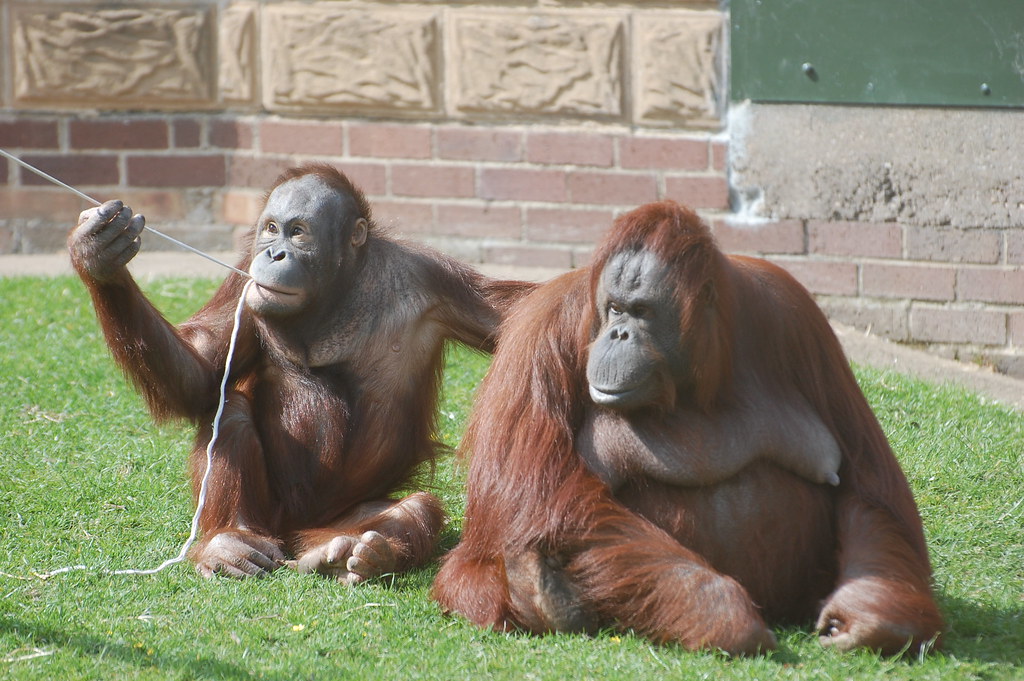Twycross Zoo is one of those places I went to as a child. Not much has changed - except that they don't do chimps' tea parties, the enclosures are all modern, and the prices exhorbitant. OK, so everything's changed except the location, which is about 25 minutes away.
So me, my D40, and my new 70-300VR went to the zoo yesterday (on the pretext of it being a family day out. The deal was I keep my little girl well supplied with ice creams, and she doesn't tell everyone that Daddy spent the whole day taking photos).
I really enjoyed using the 70-300VR. In an ideal world, it'd be a couple of stops faster, would cost half the price and weigh a third as much, but for wandering around the zoo it did just fine. Actually, if I could change just one thing about it it would be to have it focus closer. I shot about 200 pictures, got maybe 20 "keepers". Most of the best shots were around 200-250mm, but occasionally I used shorter or longer focal lengths. I'm sure that everyone has their own idea of an "ideal" zoo lens, but this worked well for me.
Most of the pictures were taken through glass (actually scratched, mucky perspex, but it's quicker to say "glass"), and some of them have suffered from colour-casts, reflections and a general lack of punch. The sun was strong and the sky clear, and trying to get the sun and the subject and the enclosure windows all in the right place was somewhat tricky (hence the harsh lighting). These are a few of the good ones. No PP, just straight from the camera. (They look a touch "washed out" on my PC monitor, but look fine on my CRT. Neither of which has been calibrated.)
Meerkats on guard:

These guys looked real old - I just forgot to check exactly how old. The giant tortoise:

Bonobos, our closest living relative.

The orang utans were what made the zoo worth the price of admission. The gorillas were just lazing about in the sun (and the photos were pretty poor). The chimps shouted and screamed a bit, but were clearly taking the weekend off like everyone else. The bonobos were pretty active, unlike their chimp cousins. But the stars of the day were the orangs.
The group consisted of an elderly female, two younger females and a baby. The two younger apes spent most of the afternoon squabbling over a sheet that had been hung over a tree to make a hammock. They tipped each other out of the hammock several times before it fell down. Then one of them grabbed the sheet, headed up the tree, and slung the hammock over the branch again. Quite smart, I thought. At one point it did look to get a bit nasty between them, but the old girl strode over and quelled any trouble with a glance.

The youngest was about two years old. At times, quite needy, clinging onto one of the adults. At others, quite adventurous. Sensible enough to stay out of the bickering over the hammock.
Apparently they're going to be wiped out in just a handful of years. Mostly due to our obsession with palm oil (and particularly its use in bio-deisel). Bio-deisel has got to be the single biggest con of our time. Save the planet by chopping down rainforest, to plant a cash crop that gets burned so that some moddle-class morons in their Chelsea tractors can feel good that they're not using deisel pumped from the desert. And still our politicians talk about bio-deisel like it's a good thing.
I swear, this little chap shows more sense (and does a lot less damage) than either our Government or those ghastly 4x4 drivers.
